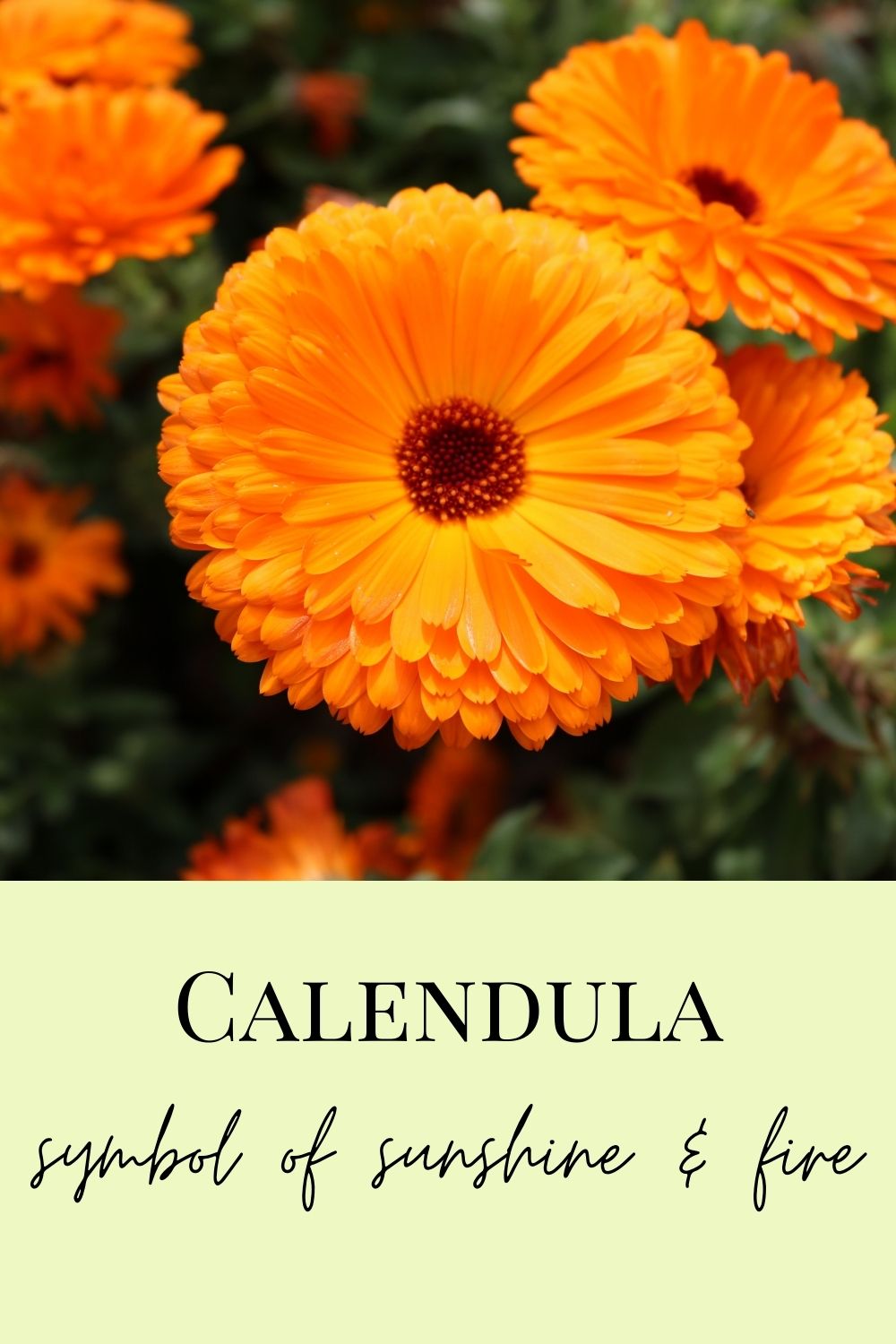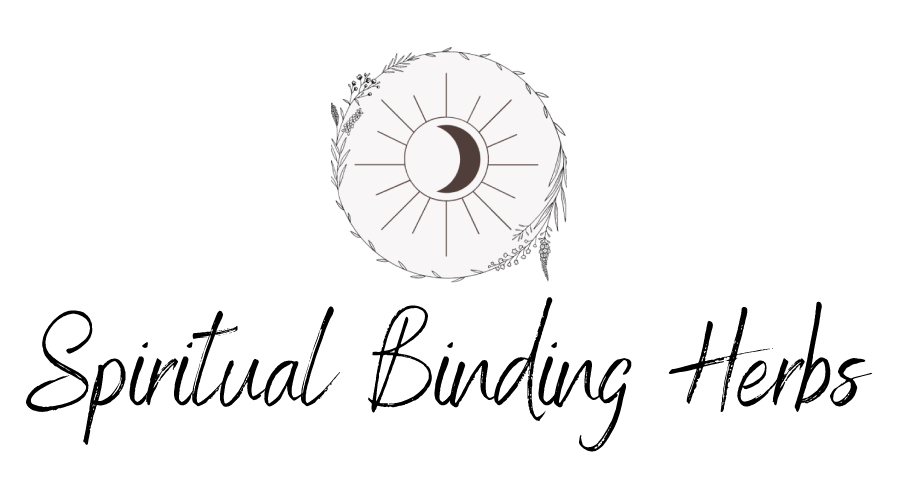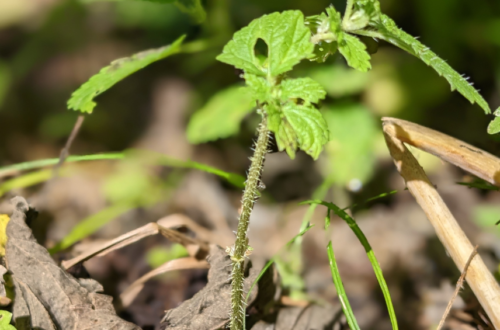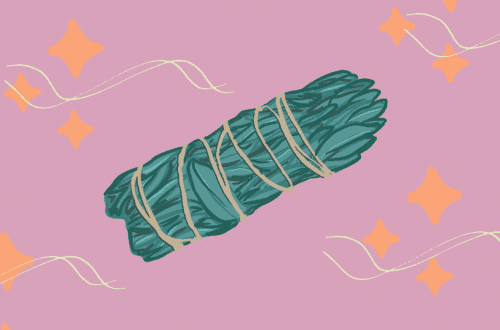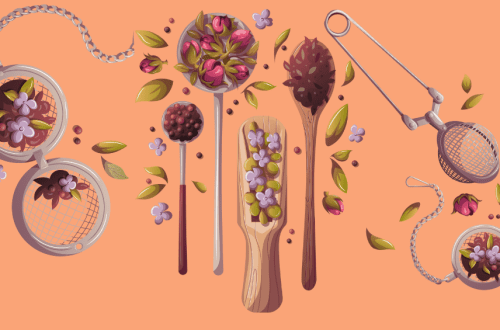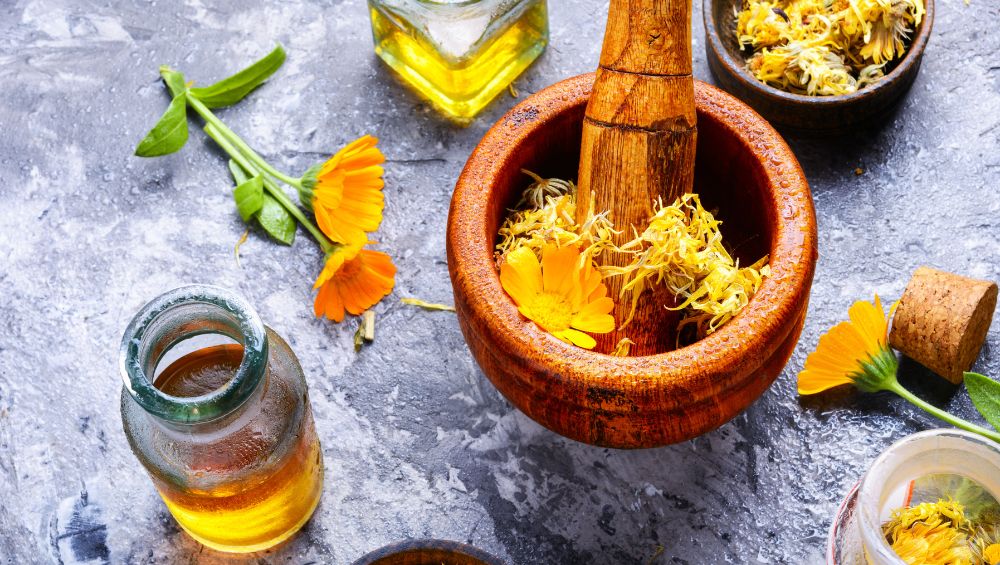
How To Use Calendula And Its Medicinal Benefits
Calendula: A Symbol of Sunshine 🌞 and Fire 🔥
Ah…the sweet smell and vibrant colors of the calendula flower. This flower is easy to grow and provides many medicinal benefits. From treating cuts, scars, and rashes to being a potent anti-inflammatory and anti-bacterial. This small but mighty powerful plant should quickly become a staple in every budding herbalist’s garden. Calendula has also been shown to help with the lymphatic system and aid in digestion. Calendula can be ingested as a tea to help one become grounded and when clear communication is needed. It can also lend a hand when good luck is needed or act as a love charm; it is even said to help those seeking to call on their psychic or spiritual abilities.
A Brief History and Folklore on Calendula
There have been records of Calendula being used as far back as the 3rd century BCE. Calendula originates from the Mediterranean. Calendula seems to grow well in most surroundings. I have had much success growing this lovely flower in pots and keeping it in a sunny location for the past few years. This next summer will be my first go around growing directly in the soil.
Due to its effectiveness in helping heal cuts, Calendula was well used by nurses, and those treating one’s harmed in the civil war in battle. Another fun fact is that it is thought the word Calendula means or refers to the first of the month. Hinting at the idea that the blooms start to flourish at the first of the month. If wanting to add a little magic to your cooking, use Calendula when saffron is called for.
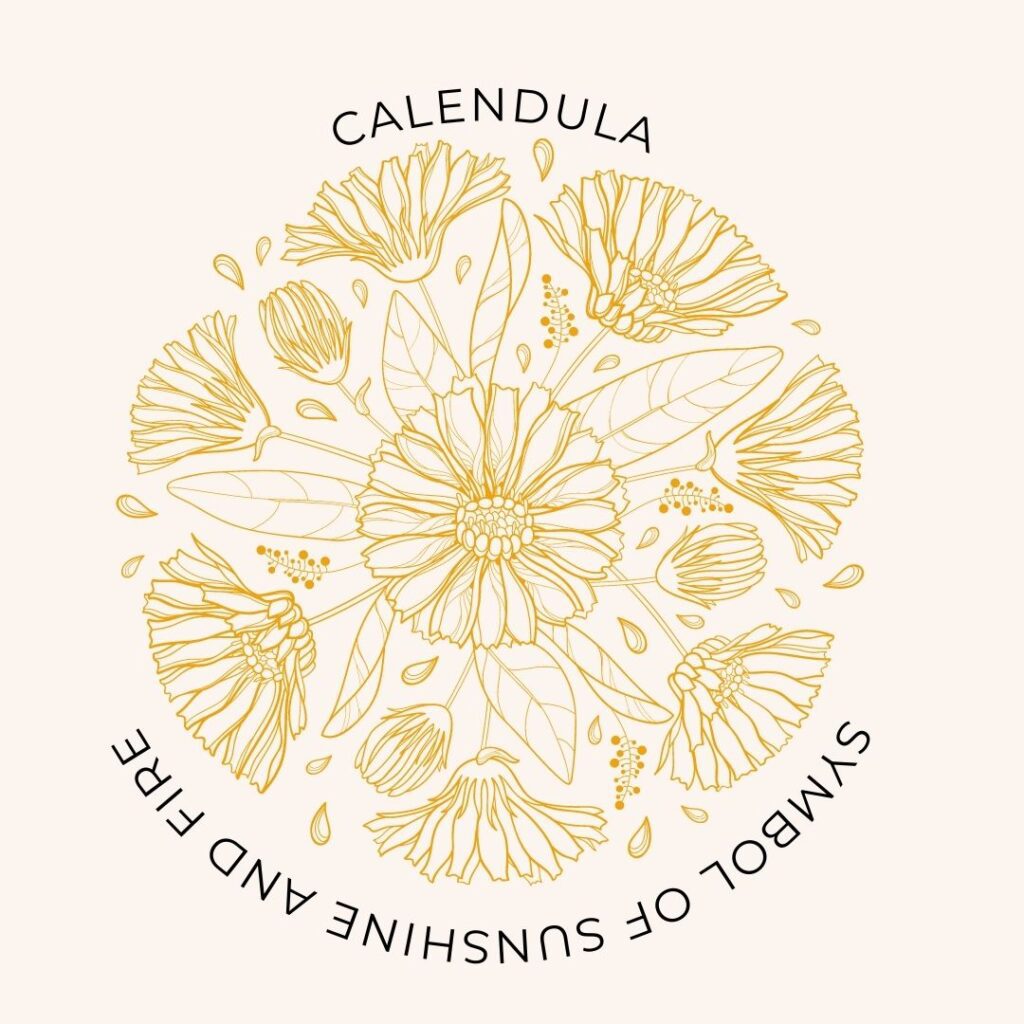
Medical Preparations for Calendula
If looking to pull out its constituents – its medicinal properties, a lovely and straightforward tincture is just what the doctor ordered. Fresh or dried Calendula can be used. Since Calendula is high in resin, using alcohol and at a higher percentage is needed. Recommended is around or at least 70%. A tincture of Calendula may also help with fevers and the flu, and it is also great for removing toxins and supporting one of the more essential organs of the body – the liver.
A tincture is really quite simple. You just need to add your desired amount of Calendula into a mason jar and cover the herb with the alcohol of your choosing. Let this mixture sit for 4-6 weeks in a dark place and shake daily. After 4-6 weeks, strain and add into sterile dropper bottles. Don’t forget to label it so you remember what you’re working with! In theory, as long as the tincture is appropriately stored in a cool, dry, dark location, it should be good for years. If not indefinitely, but we know you’ll use it right up 😊
Dosage Recommendation: Tincture
20-40 drops about three times a day. I either add mine into my tea or with a bit of water, and down the hatched it goes – let the healing commence! The dosage listed amount is for an average adult.
Topical Options for Calendula
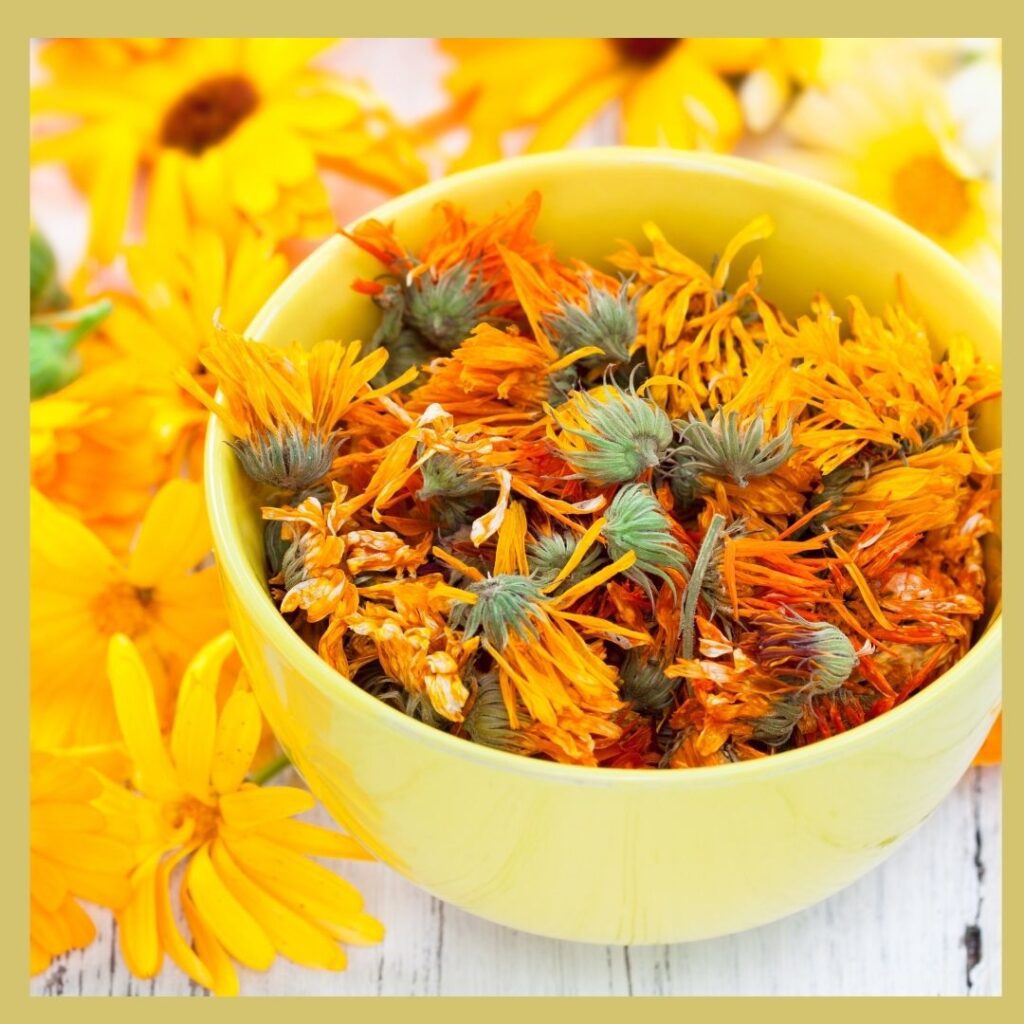
Calendula is also great as a topical for those burns, cuts, and scrapes. There are many options, from a pollucite, salve, and body butter. You can even make this lovely herb into oil. There are so many options for preparing not only Calendula but all herbs. It really depends on what you need it for at the moment and what you feel confident in preparing. Over time any herbal preparation will sound like a breeze.
So, hopefully, the next time you come across this seemingly simple flower, you’ll be called to it in a more magical way. Keep in mind that there are many more medicinal uses than just what is listed here and much more history.
The Sciencey Stuff of Calendula
Active Constituents of Calendula: essentials oils, sesquiterpenes, flavonoids, saponins (2-10%), triterpene alcohols, carotenoids, and sterols – info from The Essential Guide to Herbal Safety
Therapeutic Actions of Calendula: vulnerary, anti-inflammatory, lymphatic, styptic, antimicrobial – info from The Essential Guide to Herbal Safety. Keep in mind that there can be many other uses for Calendula, and as always, do your research 😊
Disclaimer:
This is not meant to give any medical advice, and please consult your doctor to make sure there are no contradictions with any medication you are prescribed.
Additional Herbal Resources:
If you’re looking for some additional resources, here are a few books that I recommend:
Medical Herbalism: https://www.amazon.com/Medical-Herbalism-Principles-Practices-Medicine/dp/0892817496
The Essential Guide to Herbal Safety: https://www.us.elsevierhealth.com/the-essential-guide-to-herbal-safety-9780443071713.html
Alchemy of Herbs: https://www.amazon.com/Alchemy-Herbs-Transform-Everyday-Ingredients/dp/140195006X
The Modern Herbal Dispensatory: https://www.amazon.com/Modern-Herbal-Dispensatory-Medicine-Making-Guide/dp/1623170796
Wishing you love, light and inner peace babes ✌🌈✨💜
- Understanding the Different Types of Magnesium and Their Benefits
- How To Make Herbal Preparations: A Beginner’s Guide to Making Magical Herbal Remedies
- Exploring Herbalism: A Beginner’s Guide
- Unlocking SSRI Medication: How They Work and Herbs You Should Avoid
- Understanding Anxiety: Causes, Symptoms & Natural Relief Techniques
Also, Here’s a FREE Printable Download on Calendula
